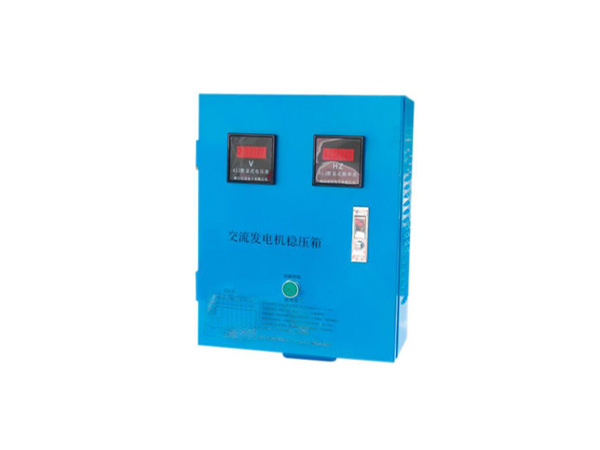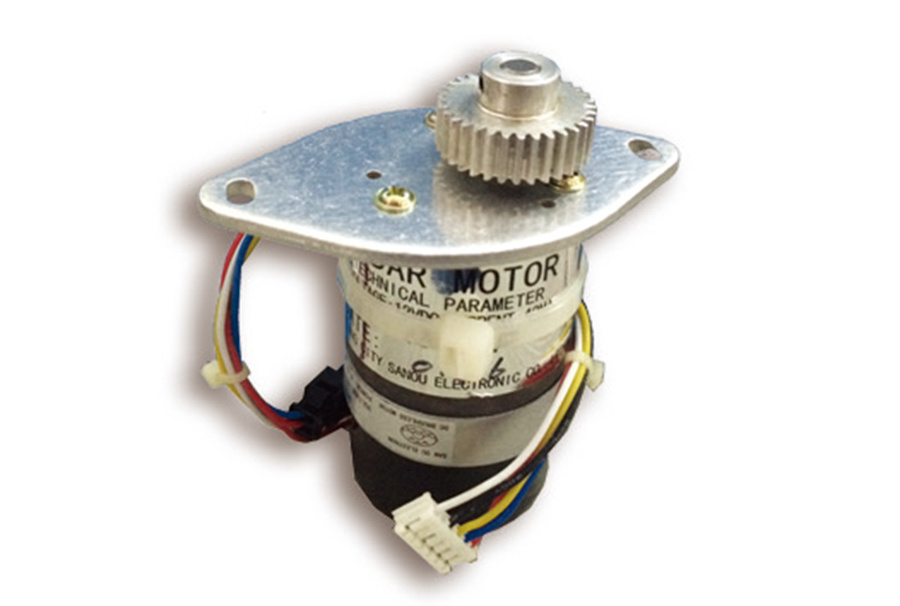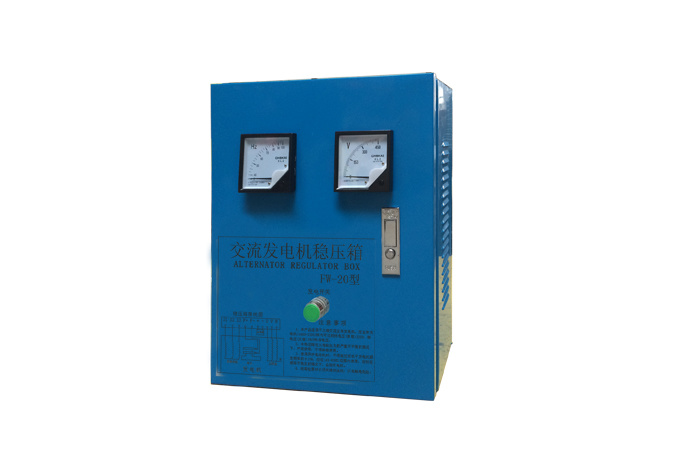News Center
Understanding AC/DC AUTO Converters: Essential Insights for Your Digital Networking Needs
In the ever-evolving landscape of digital technology, AC/DC AUTO converters play a pivotal role in the functionality of various electronic devices, especially within the realm of computer hardware and networking components. Understanding the basics of these converters, their applications, and benefits can significantly enhance your experience with digital networking products.
An AC/DC AUTO converter is designed to convert alternating current (AC) to direct current (DC) while automatically adjusting to different input voltage levels. This functionality is crucial for ensuring that devices receive the correct voltage and current type they require to operate efficiently. Many devices, including routers, switches, and other networking hardware, rely on these converters to function properly.
One of the primary applications of AC/DC AUTO converters is in powering electronic devices that may not have built-in voltage regulation. For instance, when connecting a device to a power source that fluctuates in voltage, the AUTO feature of the converter enables it to adapt seamlessly. This not only provides stability but also protects the device from potential damage caused by overvoltage or undervoltage situations.
Moreover, AC/DC AUTO converters are often utilized in environments where electricity supply can be inconsistent or variable. This adaptability makes them an essential component in settings such as office networks, home entertainment systems, and industrial applications. By using an AC/DC AUTO converter, users can ensure that their equipment operates reliably, minimizing downtime and enhancing overall productivity.
Another noteworthy benefit of these converters is their compact design, which allows for easy integration into various devices without taking up significant space. This compactness is especially advantageous in the design of networking hardware, where space efficiency is often a priority.
In addition to their functional benefits, AC/DC AUTO converters contribute to energy efficiency. By optimizing the power supply to the devices, they help reduce energy wastage. This not only lowers electricity costs but also supports environmentally friendly practices, aligning with the growing demand for sustainable technology solutions.
In conclusion, AC/DC AUTO converters are an integral part of modern networking hardware and digital devices. They provide essential features such as voltage regulation, adaptability to varying power sources, and energy efficiency. Understanding how these converters work and their importance in your network setup can greatly enhance your overall digital experience. Whether you're a tech enthusiast or a professional, familiarizing yourself with AC/DC AUTO converters will empower you to make informed decisions about your networking hardware needs.
Related News
Understanding the Importance of a 12KVA Frequency Stabilizer in Electrical Systems
In the realm of electrical engineering, maintaining a stable frequency is crucial for ensuring that equipment operates efficiently and reliably. A 12KVA frequency stabilizer plays a vital role in managing electrical systems, especially in environments where fluctuations in voltage and frequency can lead to equipment failure or operational inefficiencies. A frequency stabilizer, as the name suggest
Discover the Unmatched Benefits of the Furuno 1832 Radar Motor for Marine Navigation
Explore the Advantages of the Furuno 1832 Radar Motor Table of Contents Introduction to the Furuno 1832 Radar Motor Key Features of the Furuno 1832 Radar Motor Performance Analysis of the Furuno 1832 Safety Benefits of Using the Furuno 1832 User Experience: Ease of Use and Installation Maintenance Tips for the Furuno 1832 Radar Motor Comparing the Furuno 1832 Radar Mot
Understanding the Functionality and Benefits of a 1 in 4 Out Signal Distributor
A 1 in 4 out signal distributor is a crucial component in various electronic systems, particularly in the realm of optoelectronics. Its primary function is to take a single input signal and distribute it evenly across four output channels. This enables the simultaneous transmission of the same signal to multiple devices or locations, which is essential in applications such as audio/video broadcast




